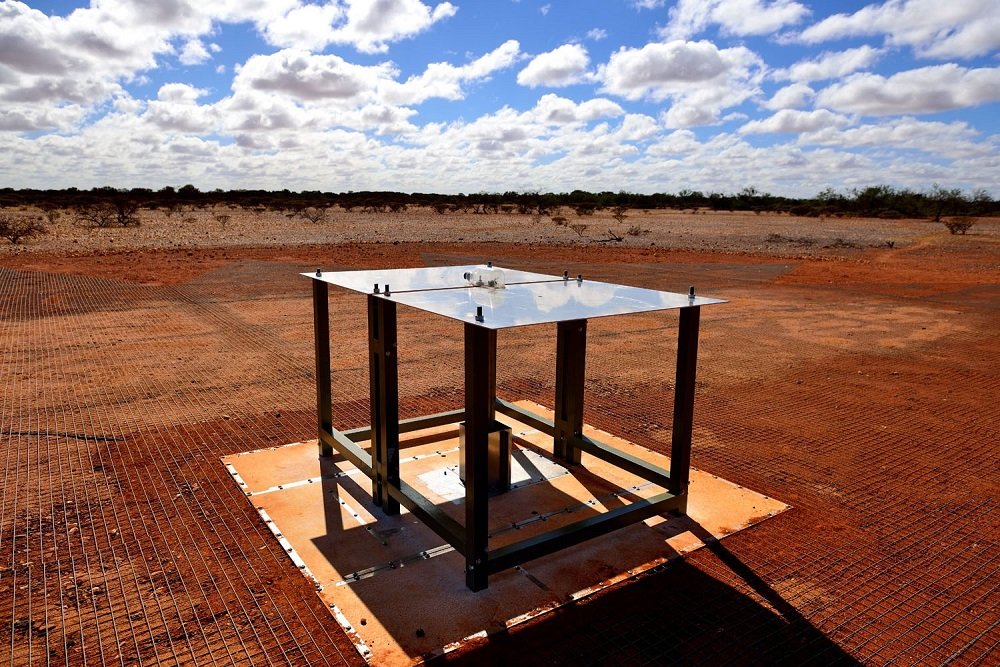After the Big Bang, the Universe cooled and went dark for millions of years. In the darkness, gravity pulled matter together until stars formed and burst into life, bringing the ‘cosmic dawn’.
Scientists used a small radio telescope at a CSIRO observatory in Western Australia, US astronomers and detected a signal from the principal stars to have developed in the early Universe around 180 million years after the Big Bang.
Dr. Judd Bowman of Arizona State University said, “Finding this minuscule signal has opened a new window on the early Universe.”

Dr. Bowman has been running his Experiment to Detect the Global EoR (Epoch of Reionization) Signature (EDGES) for a long time. Nine years back he began doing the perceptions from the Murchison Radio-space science Observatory (MRO), in the wake of scanning for the best place on the planet for this work.
The signal that scientists detected was so faint coming from 13.6 billion years back in the Universe’s history. It likewise fell in the region of the range utilized by FM radio stations, making identification of this powerless flag from most Earth-based locales incomprehensible.
Antony Schinckel, CSIRO’s Head of Square Kilometre Array Construction and Planning said, “Finding this signal is an absolute triumph, a triumph made possible by the extreme attention to detail by Judd’s team, combined with the exceptional radio quietness of the site. We worked hard to select this site for the long-term future of radio astronomy after exhaustive investigations across the country. We believe we have the gold standard in radio quietness, the best site in the world.”
The discovery is reported in the journal Nature today.
“This is one of the most technically challenging radio astronomy experiments ever attempted. The lead authors include two of the best radio astronomy experimentalists in the world and they have gone to great lengths to design and calibrate their equipment in order to have convincing evidence for a real signal.”

Dr.Robert Braun, Science Director at the SKA Organisation, said: “This is a powerful demonstration of what can be achieved with the combination of an excellent site and world-class engineering, boding well for the great discoveries that will be enabled by the SKA.”
